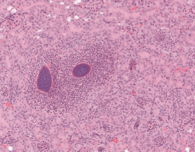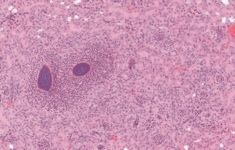Research Program


Research in the McGavin laboratory is focused on understanding how Staphylococcus species colonize and infect human hosts. With an emphasis on S. aureus, we use a broad range of genetic and biochemical tools and techniques to study mechanisms of colonization and tissue invasion.
Approximately 15-25% of the human population is persistently and asymptomatically colonized by S. aureus. The preferred site of colonization is the anterior nares (nose), and other common sites include the axillae and perineum. Although S. aureus benefits from establishing an asymptomatic commensal relationship with humans, it is also a leading cause of infectious morbidity and mortality, ranging from minor skin and soft tissue infections, to severe life threatening infective endocarditis, osteomyelitis, necrotizing pneumonia, and toxic shock. The status of S. aureus as a leading cause of hospital associated infections is compounded by hospital associated methicillin resistant S. aureus (MRSA), which are resistant to multiple antimicrobial agents, and in the past decade, hyper-virulent community associated MRSA (CA-MRSA) have become endemic in the community. Current research supported by NSERC aims to understand how S. aureus and skin commensal S. epidermidis respond to conditions that would be encountered on colonization of human skin.


















Scanning electron micrograph of CA-MRSA growing in biofilm mode, on a plastic surface. The bacteria are covered by a polymeric surface matrix.
(Courtesy of Yue Zhu, M.Sc. 2011)
Hematoxylin and eosin stain of paraffin embedded kidney tissue section, showing CA-MRSA abscess (black arrow), surrounded by a cuff of neutrophils (white arrow), at 200x magnification.
(Courtesy of Yue Zhu, M.Sc. 2011)



